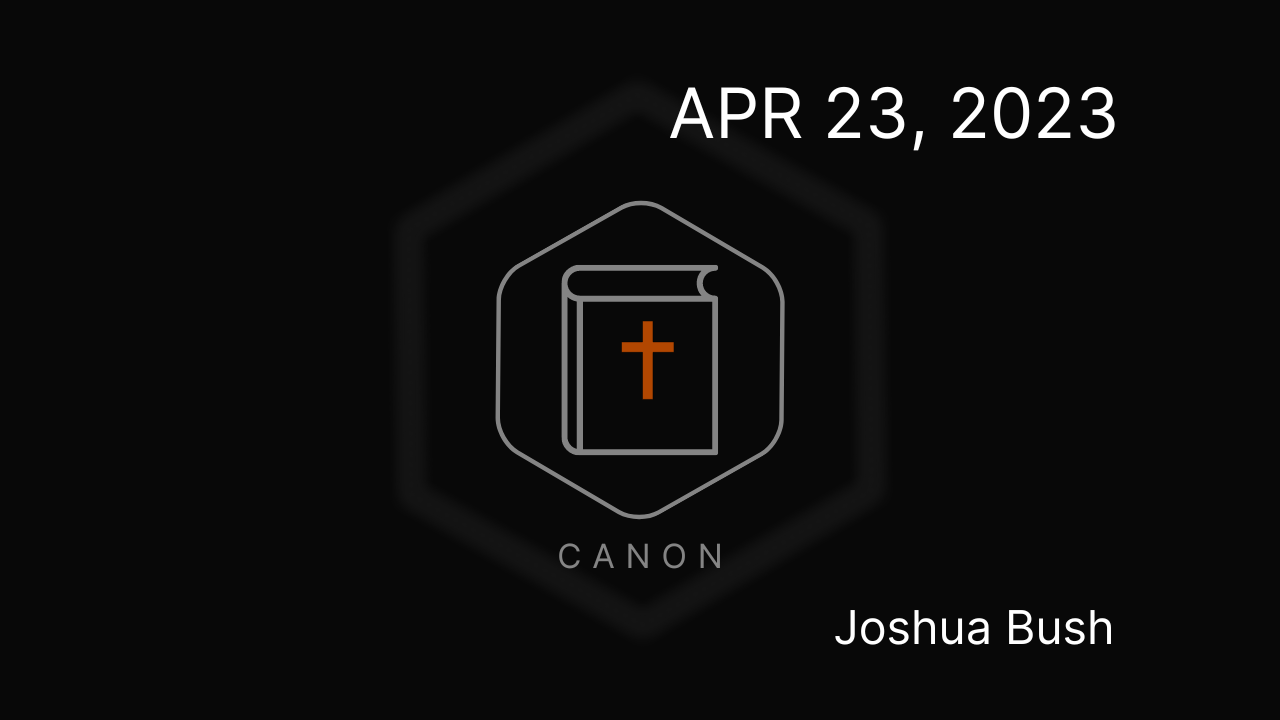How Did We Get The Old Testament?

Scroll down and click play to listen along
Click "download" to check out today's handout
Main Question for today:
How did we get the Old Testament in the form that we have today
How do you think the Old Testament came to be what we have today? Take a few moments to think about the actual process of how the Old Testament was written, passed down, and collected into its final form.
Consider this...
Who wrote the Old Testament(OT)?
Who orchestrated the writing of the OT, its passage through time, and its final form?
So if the OT was written by human hands, at the divine initiative of God, how did we get our final version today? What did that process look like?
If the Bible was written by human hands, at the direction of God, does this compromise its divine nature? Why or why not?
The Masoretic Text (MT)
Check out today's handout to follow along with the discussion on the Masoretic Text (MT).
Green Arrow: Foot notes.
Red Arrow: "Hey reader! There's a footnote here, pay attention to this."
Blue Arrow: Commentary by the scribes.
This document, the Leningrad Codex, was a document dating to around 1008 AD/CE and is the most complete manuscript of the OT that we have. This text was written by the Masoretes.
Masoretes: Jewish scholars writing from around 700-1000 AD/ CE that accurately transmitted the OT text that they had received.
Septuagint (LXX)
Dating: around 200-100 BC/ BCE
The Septuagint was written in Greek for Israelite communities that spoke Greek after Alexander the Great took over most of the known world.
Check out Genesis 4:8 and take a look at the footnote.
Notice anything interesting about this verse and its footnote?
Sam: Samaritan Hebrew Text of the OT
Gk: The Septuagint (LXX) written in Greek
VG: the Latin Vulgate version of the Hebrew OT
MT: Hebrew Masoretic version of the OT
Dead Sea Scrolls (DSS)
Dating: around 300-100 BC/ BCE
The DSS are contemporary documents with the LXX and help shed light on the earliest Hebrew Manuscripts of the OT.
The DSS are important because they provide additional Hebrew manuscripts from the same time period of the LXX that we can use to compare to one another and see what the most original Hebrew versions of the OT looked like.
Consider this...
How has this changed your understanding of how we got the OT we have today?
How do we make sense of this?
This is complicated stuff, but should we shy away from the hard stuff?
How should we approach topics like this?
What will you do differently know that you know this?
Check out The Bible Project at Bibleproject.com to find a large collection of resources that talk about things like today's topic and others.
